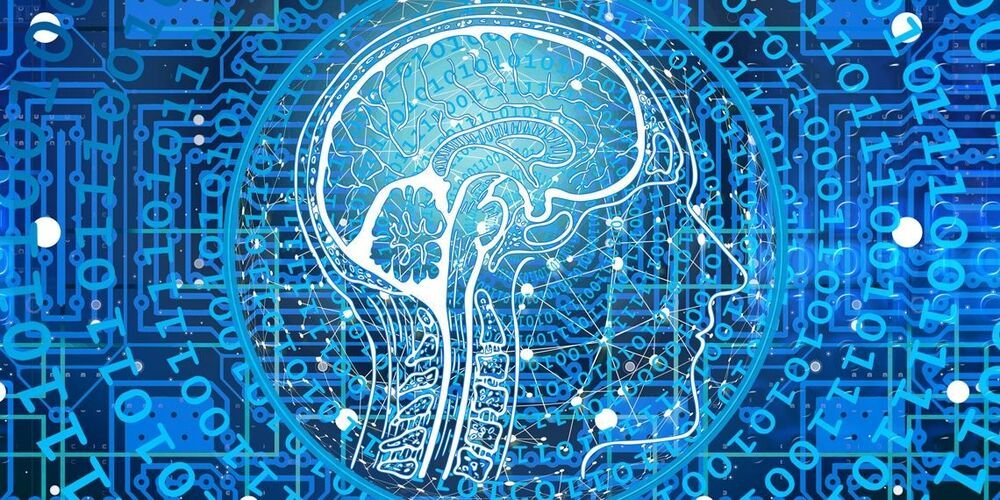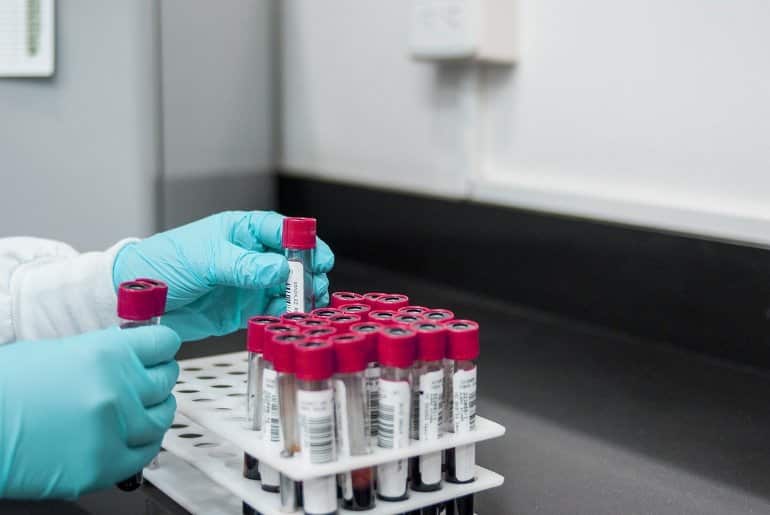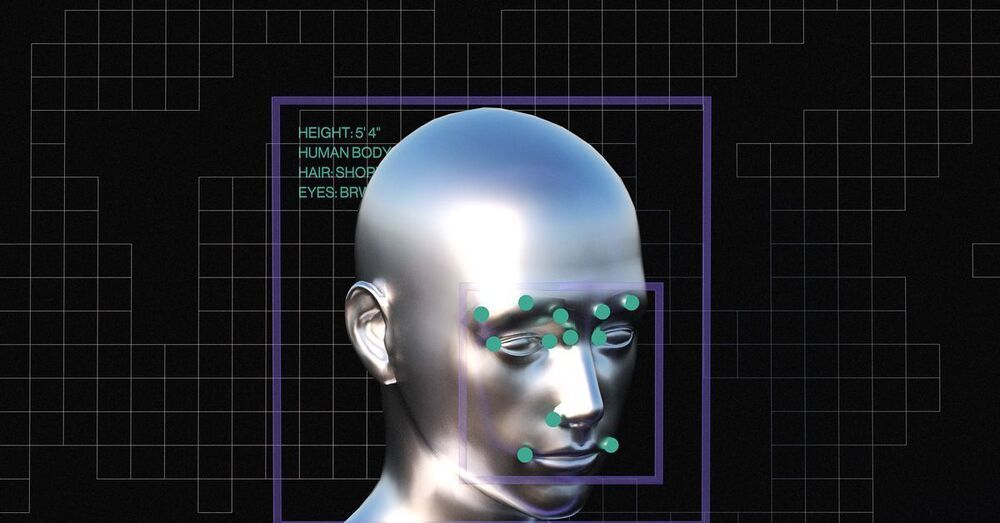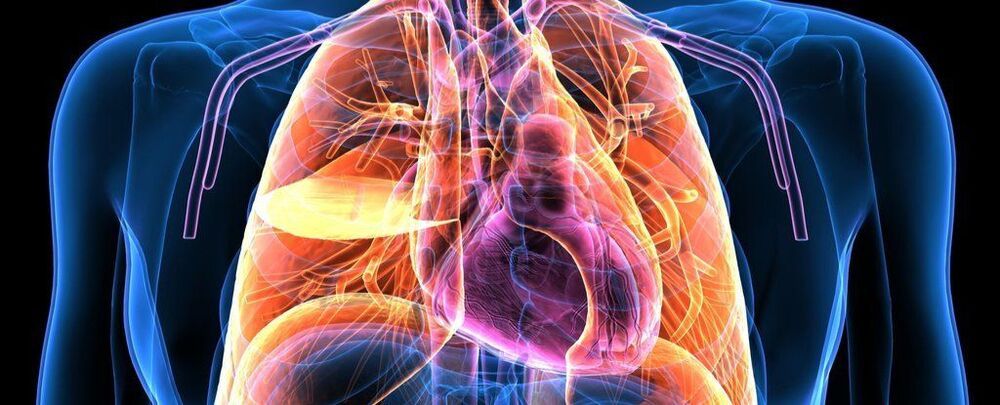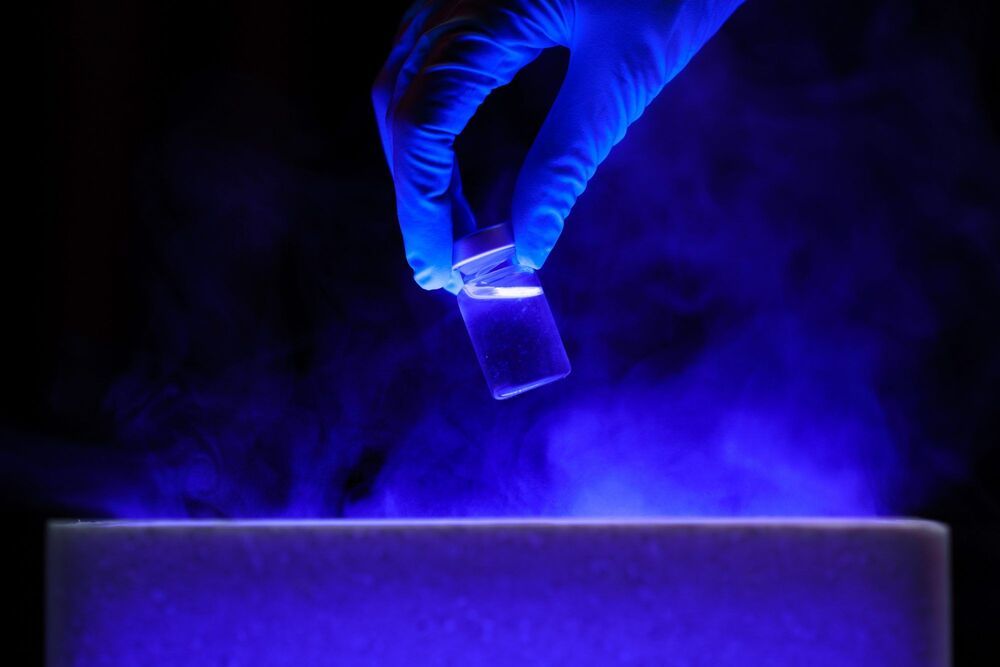Jun 9, 2021
Scientists debate the existence of the Milky Ways supermassive black hole
Posted by Atanas Atanasov in categories: cosmology, physics
A ball of gas around the Milky Way’s black hole has sparked a new debate. Could it be a massive puff of dark matter?
The orbit of S2 and its stellar companions indicated that they were circling around a massive object, about 4 million times the mass of the Sun. Although astronomers could not directly see the object, they knew it could only be one thing.
Continue reading “Scientists debate the existence of the Milky Ways supermassive black hole” »

